Blue-Winged Olives (BWOs) are very widespread and important insects when it comes to trout fishing on most rivers both throughout Europe and the US.
Fly fishing entomology had its beginnings in England and the recent books on that subject (most prominently by J.R. Harris and John Goddard) are used as reference works in the whole Europe. However, on the British Isles there is only one BWO species, the ubiquitous Serratella ignita. Therefore, it is not widely known that on the continent there are more species that belong to the same family and are very similar in appearance. In the wide area from France to Turkey and from Scandinavia to Greece, there is a number of species that can be treated as BWOs for the fly fishing purposes.
In Europe the family Ephemerellidae consists of five genuses (Drunella, Ephemerella, Eurylophella, Serratella and Torleya), with a total of 13 species, according to the web site The Fauna Europaea.
Among them only two species: Ephemerella notata (Yellow Hawk or Yellow Evening Dun) and Ephemerella aurivillii (with brown body) do not belong to the BWO group. Most of the European countries have 3-5 BWO species, which often inhabit the same rivers. The "original BWO" Serratella ignita lives practically in all suitable European waters, which include even the mighty Danube in its lower parts. But the best habitat for BWO species are limestone spring fed rivers and tailwaters, with the optimal oxygen content and plenty of water plants which they use for feeding.
Correction
In recent communication we had with Kjell Rakkenes we learned that Ephemerella aurivillii, a species which inhabits northern Europe, also has an olive body (not brown as we wrote in the article). It looks very much like larger version of Ephemerella ignita and also belongs to the BWO family. It is probably the largest BWO species, and its imitations are tied on hooks size 12 and 14. Some very nice BWO imitations are available on Kjell’s wonderful web site.
The name
G.E.M. Skues collected information that it was G.S. Marryat who first used the name "Blue-Winged Olive".
Skues published that in a text: "George Selwyn Marryat in the evolution of the modern dry fly" in his Side-Lines, Side-Lights & Reflections (1932). The fly name was mentioned in a letter that Marryat wrote in 1879. However, in the press the name was firstly used in F.M. Halford's first book Floating Flies and How to Dress Them (1886). From that time until today the name Blue-Winged Olive is used for insects belonging to a species Ephemerella ignita (recently renamed into Serratella ignita, although the old name is still often used).
In the United States the name Blue-Winged Olive is usually used for the members of the family Baetidae. It was probably used first by Ernest Schweibert in his seminal book Matching the Hatch (1955) for some American Ephemerellas, and also by Art Flick in his New Streamside Guide (1969). However when Swisher and Richards published their Selective Trout (1971) the name was used for several Baetis species, mostly very small, as it is still widely used today. Al Caucci and Bob Nastasi in their book Hatches (1975) wrote that the name BWO was applied to over twenty mayfly species.
Blue-Winged Olives (BWOs) are very widespread and important insects when it comes to trout fishing on most rivers both throughout Europe and the US.
But the fact is that the name BWO is used for completely different families of insects on each side of the Atlantic, and that creates some confusion for those who want to be scientifically correct about the flies they use.
On the other hand, it is not so important for the practical fly fishing, since similar imitations are successfully used on both sides of the Atlantic.
The hatching process
Species of BWO have some problems while hatching and very often the flies supposed to imitate BWO fail in seducing trout or grayling. Courtney Williams in his Dictionary of Trout Flies (1947) wrote "Unfortunately for the fly fisher the BWO is one of the most difficult insects to copy successfully."
In the meantime we learned that fish actually prefer to take emerging (or crippled) BWOs, and a number of suitable imitations were created. Today, as far as flies are concerned, a BWO hatch is not complicated to match with appropriate imitations. Presenting them in a lifelike manner, however, is quite another thing. We must stress that the floating flies recommended here need to be presented absolutely drag-free to be successful. Even the smallest, barely visible "micro-drag" can turn down a fish.
The described variety of BWO species appear in very different sizes, because the body length of their duns can vary from 3 to 10 mm. Or as John Gierach wrote in his book Good Flies (2000): "they range in their size from a 16 - which is a big one - down to about as small as they make hooks."
This often creates a situation described by Swisher and Richards in Fly Fishing Strategy (1975) as "mimicking hatch". They wrote: "in a mimicking hatch a large insect emerges simultaneously with a slightly smaller fly … the two so close in shade and color as to be almost impossible to distinguish except under very close observation".
On some very rich European spring creeks there may even be more than two BWO species hatching simultaneously. Fish usually, but not always, chose to eat the smallest species, and this is why we recommend quite a large range of sizes for these imitations.
The imitations
The flies that we propose here are quite simple and straightforward. We used hook sizes from standard Tiemco models just to provide the right size range, but any other hook brand can be used, and we actually prefer Czech barbless hooks.
The flies that we propose here are quite simple and straightforward.
Nymphs
The BWO nymphs are mostly brown and sometimes olive in color. Feeding fish will usually take one or the other, and sometimes both. There are many other nymphs that work well when BWOs are hatching, and the Pheasant's Tail in all its variations is a very good example.
However, we prefer the following patterns because they are very durable and last very long. They can be tied without any added weight, to be fished close to the surface, but also with various sizes of tungsten beads for fishing deeper. Adding a blue dun hen hackle to the unweighted versions turns those nymphs into fine soft hackled flies. Nymphs can be used before the BWO hatch, but also when fish start to eat duns from the surface. Even during the heaviest hatch fish usually take more nymphs than winged insects. But fishing with floating flies is much more enjoyable for us, and we know that many fly fishers feel the same way.
Shuttlecock emergers
In recent years a large number of emerger and cripple imitations were created and have become popular.
Ted Leeson and Jim Schollmeyer dedicated their excellent book Tying Emergers (2004) entirely to such flies. We firmly believe that in hatch matching situations emergers are the most important imitations. There is a great number of emergers that may be used when the BWO is hatching, however we choose to recommend only one style with two patterns in order to keep things simple. The Shuttlecock Fly was invented by Clive Perkins as a hatching buzzer imitation for fishing on the reservoirs in England, but the concept seems to be universally attractive, and can also be used when mayflies or caddis flies hatch.
Here we offer two similar flies, one is olive and second is brown. Fish sometimes prefer one to the other.
Duns
The dun imitations we use in a BWO hatch are actually also emergers, but with upright wings. For freestone rivers and faster rippled water the best fly to use is Sparkle Dun invented by Craig Mathews and John Juracek. We adapted those flies for our local mayflies (including the Mayfly, Ephemera danica) and use them with great success. Those flies are taken with huge confidence by fish, can be easily seen from the distance and can take fish after fish with just occasional drop of floatant.
However on oily smooth spring creek waters the flies with CDC wings are better fish catchers (at least for us). On those waters the simple CDC No-hackle fly can be extremely successful. There is an uncountable number of versions of such flies, but we saw them first in Swisher and Richards' groundbreaking book Emergers (1991).
Many claim that they invented similar flies, but it is almost forgotten that those flies appeared already in that book. At the time the term "CDC" was still not widely used, and they called it "duck rump feather", but their simple concept is still very much used, and the fly we prefer is just a slight variation of the original.
Spinners
There are many flies that may be used as an imitation of a BWO spinner (also called Sherry Spinner).
The simple hackled Pheasant's Tail dry fly, favored by great Frank Sawyer, has brought us many memorable catches. Many classic flies such as Orange Quill, Rusty Spinner, Red Spinner and others are quite useful, but also more modern flies like Poly Spinner, Antron Spinner and many others in the appropriate rusty/orange/brown color will work.
Our choice is a parachute version because it has a great silhouette and is very visible in the dusk when the BWO spinner fall usually occurs. The older we get the more we appreciate visibility of the flies we use.
Conclusion
The BWO is much more than just one lovely mayfly species. Wherever you go to fish in continental Europe you will probably encounter several similar species, and they need appropriate imitations. The exact color is not as important as is the manner in which the fly behaves in or on the water. Here we offer some solutions, more like a guide than a firm recommendation.
We wish you good fishing and tight lines.
- Log in to post comments

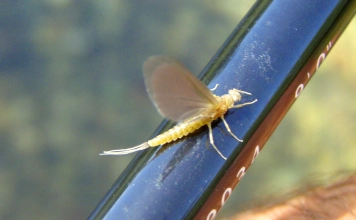
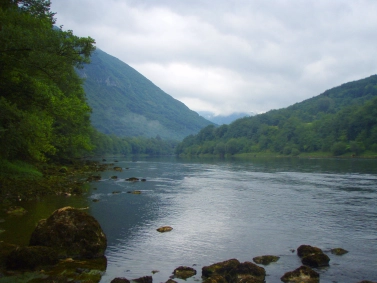
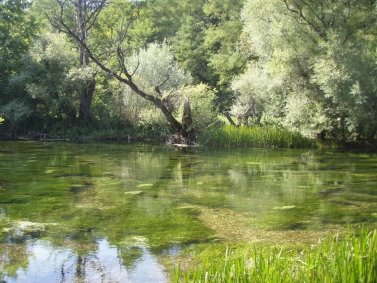
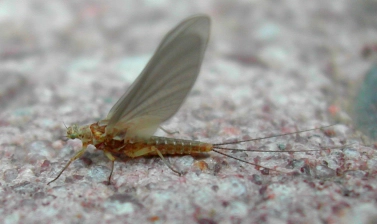
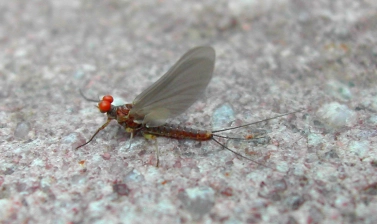
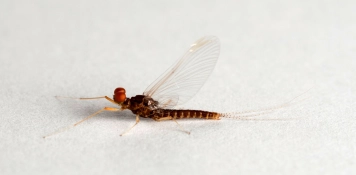
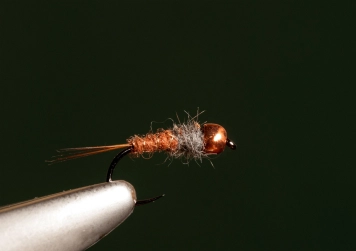
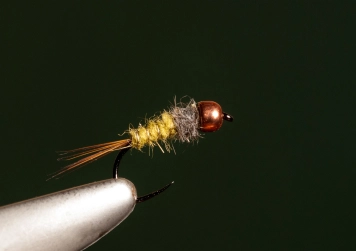




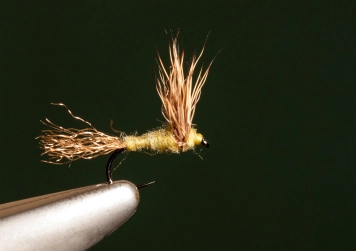
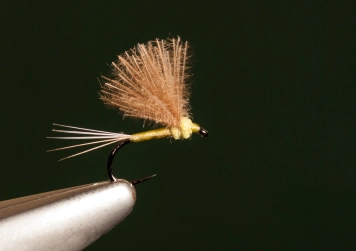



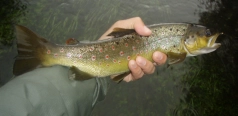
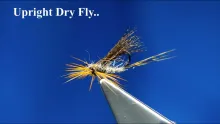
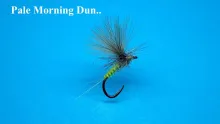
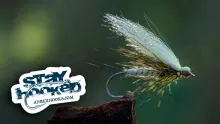




As a lover of river
As a lover of river fishing, I must say that the Ginger Quill is the finest general representation of the BWO in all its hatched stages I've ever fished. I thoroughly commend it to fellow anglers encountering BWOs...
Need to find Clive Perkins
Hi guys,
My name is Svetoslav Pavlov and I am trying to reach Mr. Clive Perkins cause I spoke with him like 6 may be 7 months ago. I am working for Sky but cause Sky has a very strong and strictly security policy I was not able to exchange contacts with Clive even though he wanted to .... Stupid but can I have his e-mail address cause I am a fly fisherman too and I know that I've got a lot to learn from this man. Thank you!